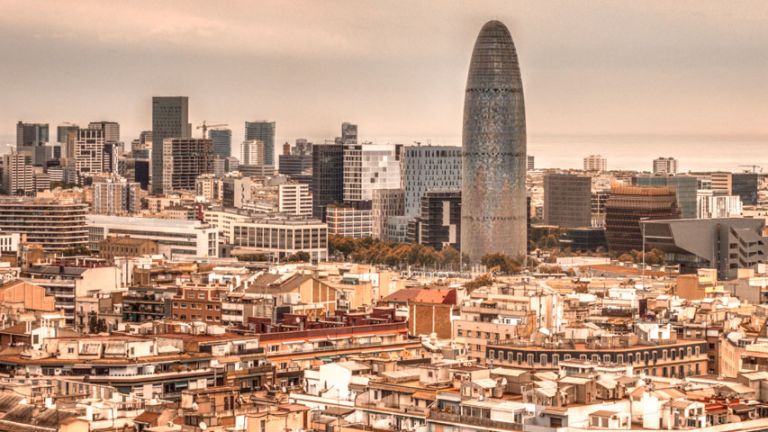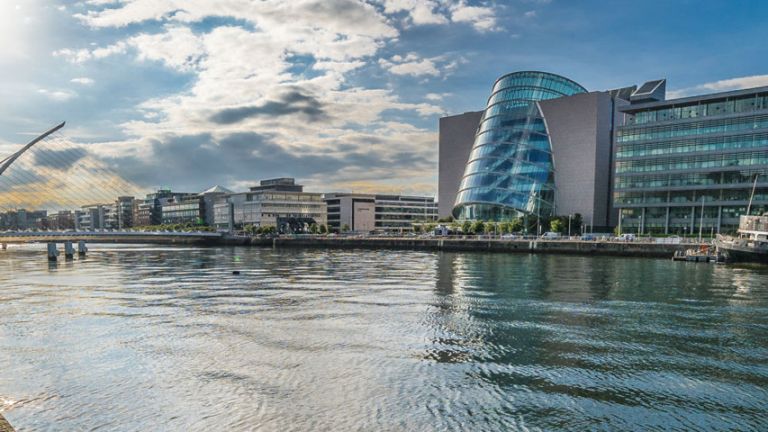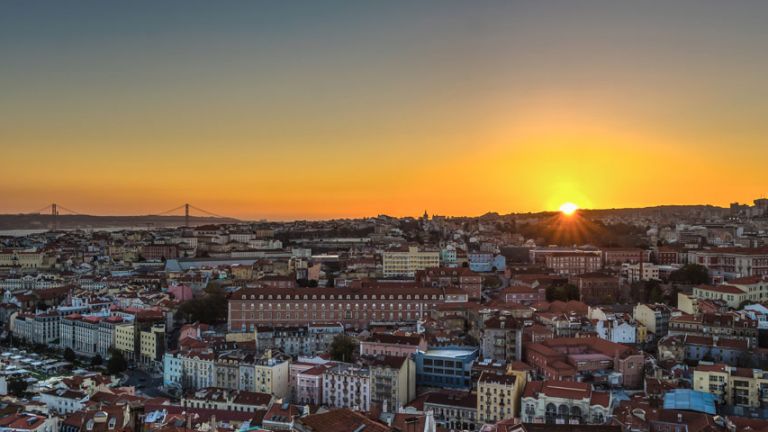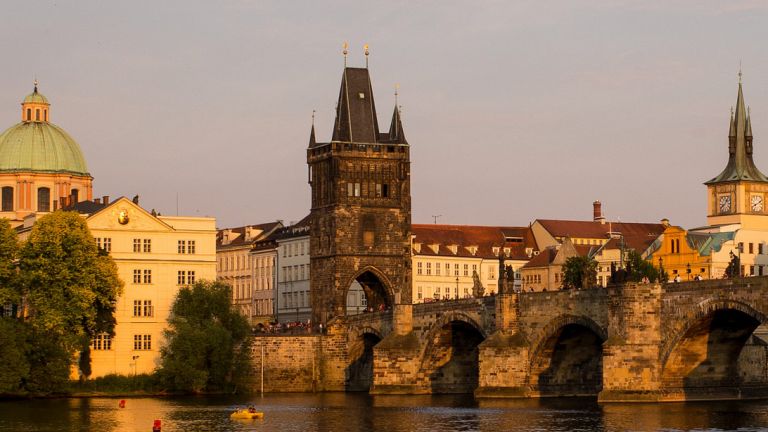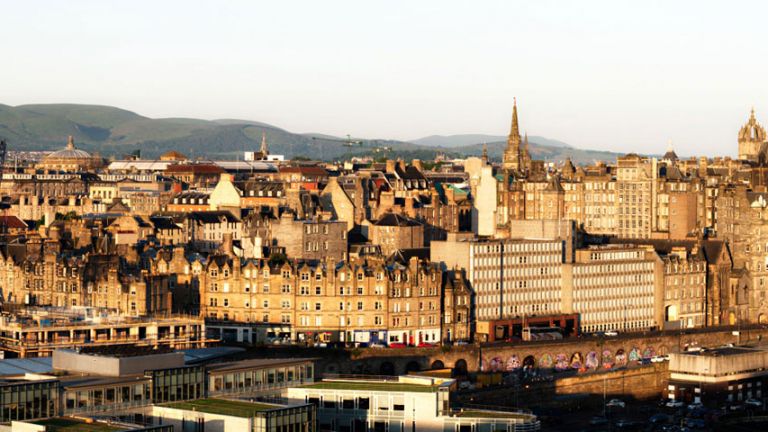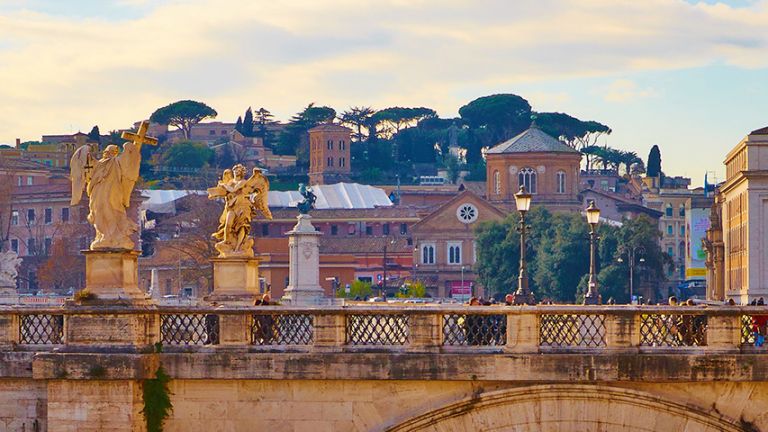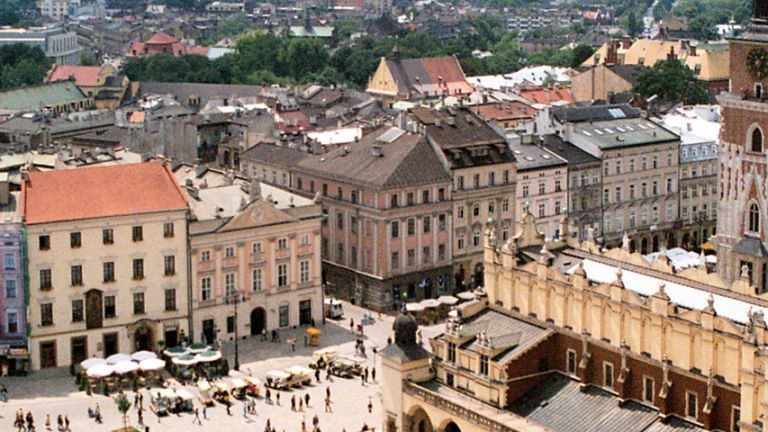Quick guide to Dublin, Ireland Currency: Euro
About
Dublin is both the capital of Ireland and its largest city, and is located on the east coast of the country. It may be a big city, with a population of nearly 1.3 million, but among the grand boulevards and handsome Georgian architecture you’ll find a friendly, village feel.
Dublin is steeped in both turbulent history and literary connections, and is in fact a UNESCO City of Literature. From museums and restaurants to the ubiquitous pubs, this welcoming city has plenty to offer to visitors.
Weather
Dublin typically experiences mild winters and cool summers without reaching the extremes of either season. The average temperature in January is roughly 6 °C (43 °F) and is 17 °C (62.6 °F) in July and August, with highs in the 20s °C (70s °F). There is rainfall throughout the year but October is the wettest month with an average 76 mm (3 in) of rain. May and June are the sunniest months.
The city’s location on the east coast means that it is buffeted with easterly winds during winter, adding a wind-chill factor and increasing the likelihood of snow.
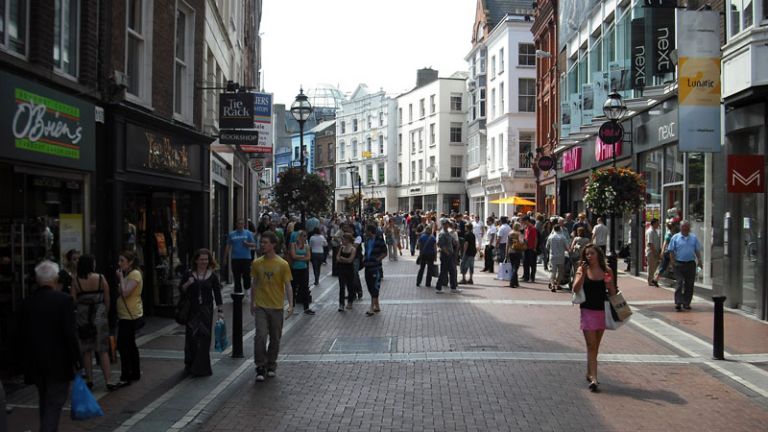
Getting Around
The city is very bicycle friendly and Dublin bikes, a bicycle rental scheme, allows Dubliners and visitors to make use of 550 bikes docked at 44 terminals across the city. A three day subscription to the scheme is available at a cost of €2. The first 30 minutes of every ride are free.
Luas trams operate across the city with a red and a green line which stop at 54 stations combined.
Eating
There is a thriving restaurant scene in Dublin and locals are spoilt for choice, with something to suit every taste and budget. Restaurant Patrick Guilbaud on Upper Merion Street is the only restaurant in Ireland to have been awarded two Michelin stars. The internationally renowned food served here is described as ‘contemporary Irish with classical roots’.
As of 2015 there are three other Michelin starred restaurants in Dublin, including L’Écrivain on Lower Baggot Street which opened in 1989 to great acclaim.
Nightlife
Dublin comes alive after nightfall and offers a range of pubs, bars, fine dining and nightclubs. Temple Bar is the cultural quarter of the city, located on the south bank of the River Liffey, and the place to go for a night out. As this is Dublin, there are plenty of pubs packed into Temple Bar alongside clubs and art galleries.
Dublin is home to several theatres. Watch a play at the Abbey Theatre (Ireland’s state-subsidised national theatre), a stand-up act or music gig at the Victorian music hall-style The Olympia or an opera at the Gate Theatre.
Sights
The Old Library in Trinity College and the exhibition explaining the Book of Kells, a ninth-century Gospel manuscript, are a historical highlight of the city. The thirteenth-century Dublin Castle is another, as well as the General Post Office on O’Connell Street. Kilmainham Gaol, a former prison, offers a fascinating glimpse into Dublin’s turbulent history.
The Guinness Storehouse is the most popular tourist destination in Ireland. This seven story building is topped with a bar where you can sample some Dublin-brewed Guinness surrounded by beautiful panoramic views.
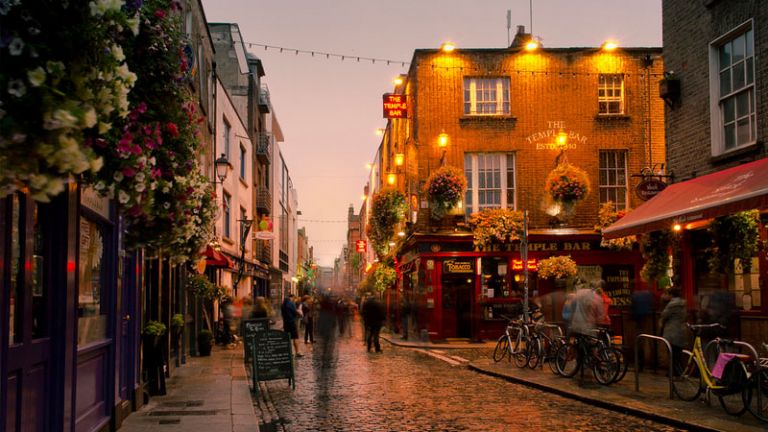
Shopping
Dublin is a shopper’s paradise, offering a multitude of high street shops alongside high-end boutiques. Located next to St. Stephen’s Green and close to Trinity College, Grafton Street is the city’s main shopping street aside from Henry St. Many of the well-known international shops can be found here alongside the rather more upmarket Brown Thomas, a department store full of designer brands which is a destination in itself. Grafton Street is always busy and bustling and there is also good shopping to be found in the quieter side streets.
Hotels in Dublin
Before the financial crash in 2008, accommodation in Dublin was amongst the most expensive in Europe. Times have changed and it is now possible to stay in bed and breakfasts or mid-range hotels for a reasonable, and occasionally bargainous, price.
The five star Merrion Hotel is one of the most luxurious in Dublin and ranked the best on TripAdvisor. It is home to the Restaurant Patrick Guilbaud and also offers an ‘art tea’ afternoon tea inspired by artists and writers including W.B Yeats. The Westbury, located on Grafton Street, is another five star option.
